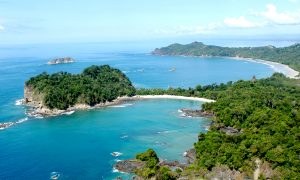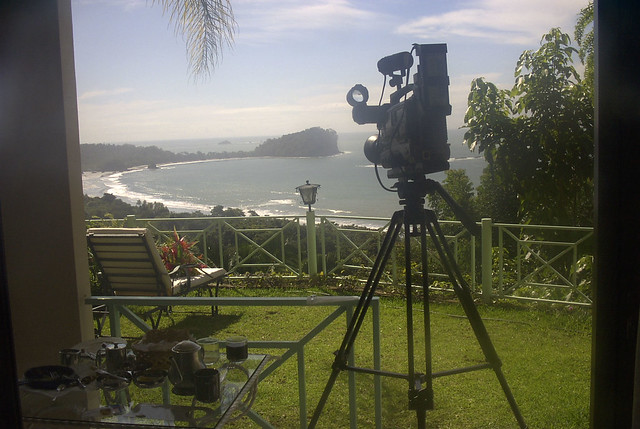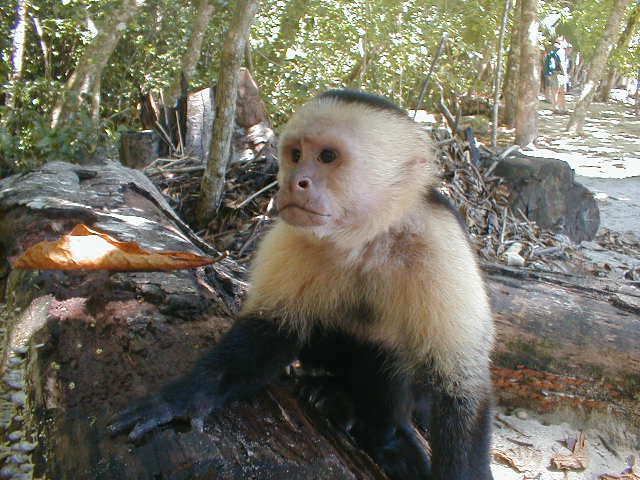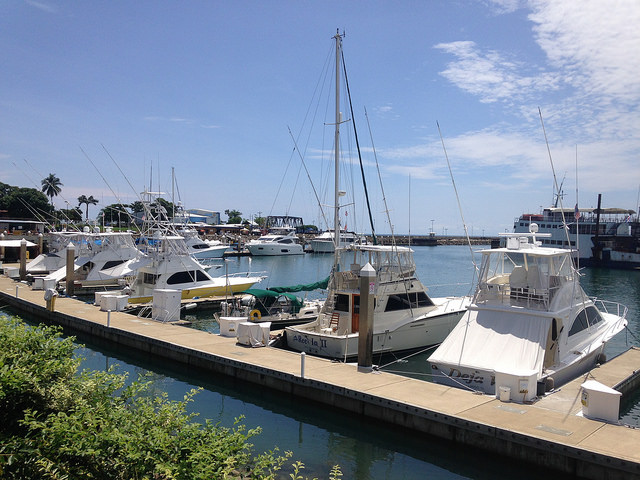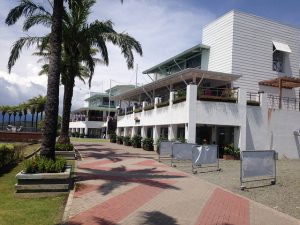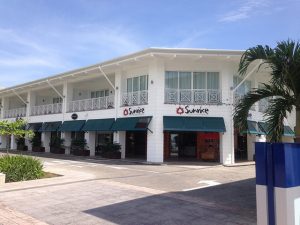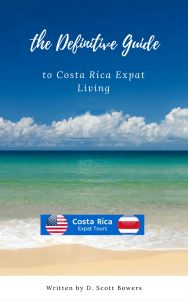I remember my first experience of Manuel Antonio back in 2001. I was working on a business deal in San Jose and I had some time over the weekend for a quick adventure. So, I asked my Nicaraguan buddy, Yuri, about Manuel Antonio. He told me he could take me there and that I definitely should see it.
So, off we went…
Back then getting to Manuel Antonio was quite a different experience than it is today. There were two one-lane and very rickety bridges you had to cross. The traffic crossing those bridges would back up forever. From time to time, during the rainy season, the bridges would be completely inundated and impassable. Nowadays, there are new two-lane bridges that make the trip much easier and a lot less stressful.
I remember that Quepos, the little fishing village one has to pass through before arriving at Manuel Antonio, gave me the impression of being just that, a dirty little fishing village. It remained that way for years. These days, however, with the ongoing development of Marina Pez Vela making an impact, Quepos has become an attraction in itself. Quepos now offers many accommodation options that are quite nice and more economical that what you will find just on the other side, in Manuel Antonio.
As soon as you get though the busy streets of Quepos and start heading up the hill and then down to the beach, what strikes you is the jungle. Up until that point, I’d seen a lot of green in Costa Rica, but nothing like this. The jungle overwhelms you. It brings you to the full realization that you’re definitely not in Kansas (or, for me, South Carolina) anymore.
Back then Manuel Antonio had already arrived on the scene as one of Costa Rica’s main tourist attractions. However, the development was far less dense than it is today. Nevertheless, there were numerous places to stay. Yuri and I had taken off on an impulse, without booking anything in advance, thinking we’d just wing it once there. It was the weekend and the high tourist season, so place after place was booked solid. We finally arrived at this one small hotel overlooking the ocean. I believe it was called La Roca. It’s still there. The guy at the reception told us they did have one room available, but with only one king-sized bed. Yuri and I had no intention of sleeping together and asked if there was any possibility of adding another bed. The guy looked at us oddly, as if wondering what the hell for? Little did we know that at that time La Roca was a hotel that catered mainly to homosexuals. In fact, Manuel Antonio made a name for itself initially as a get-away for gay people.
These days it’s much more than that, as high rollers, families, romantic couples, young backpackers, and everything in between, make Manuel Antonio a must-see Costa Rica destination. Since that first visit I founded and still operate a vacation package business and perhaps some 80% of our tours included Manuel Antonio as a destination.
Of course, the main attraction is the national park and I will never forget my first experience of it. Since then, I’ve had many others, but that first one was really special. We hired a guide to walk through with us and one of our first nature encounters was a large boa who was in the process of swallowing an almost equally large iguana. That shouldn’t have been surprising as there were iguanas literally everywhere. And the monkeys, my god, the monkey’s. Yuri had told me a little about the park, but nothing prepares you for the intensity of the biodiversity you come face to face with in that place. There’s no wonder that it’s one of Costa Rica natural wonders and its most popular national park. That’s saying a lot when 25% of the entire land area of the country is basically some form of national park.
Since my first experience of Manuel Antonio I’ve had the good fortune of visiting Manuel Antonio countless times. In fact, I live only about an hour away from it in Perez Zeledon. It seems that every time you go there now there’s something new, either a new hotel, restaurant, bar, or club. And then there’s the incredible development of the Marina Pez Vela, which is now one of the most upscale resort locations in the country and it continues to expand.
And yet, even with all that development, Manuel Antonio still manages to make you feel like you’re really in the deep and dark jungle of Costa Rica. That’s because when you’re there, you really are.
Let’s hope things stay that way!
Here’s a photo gallery of one of my early visits…circa 2003, I believe (hotel pictured is La Mansion Inn, one of my favorites)…
